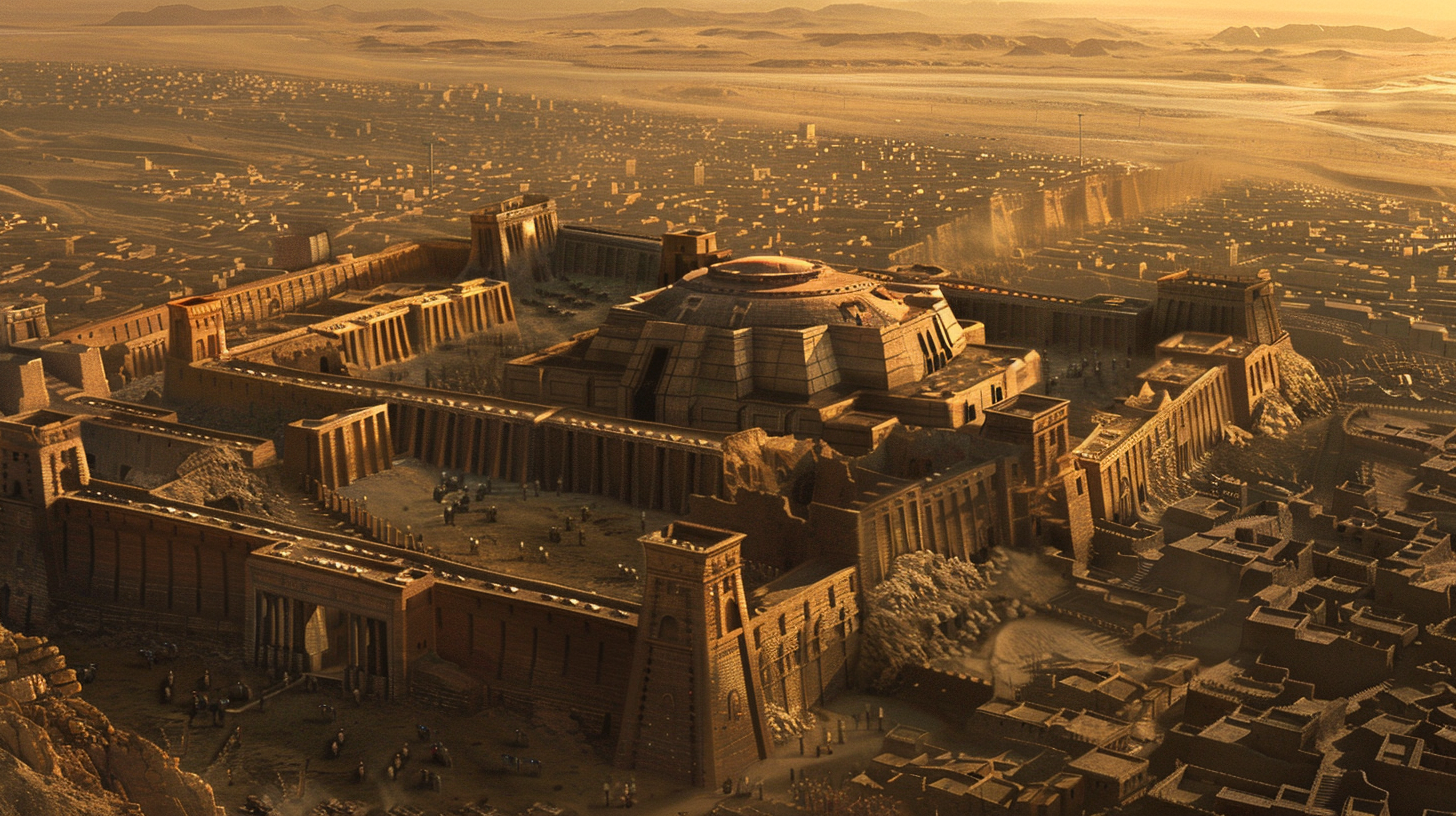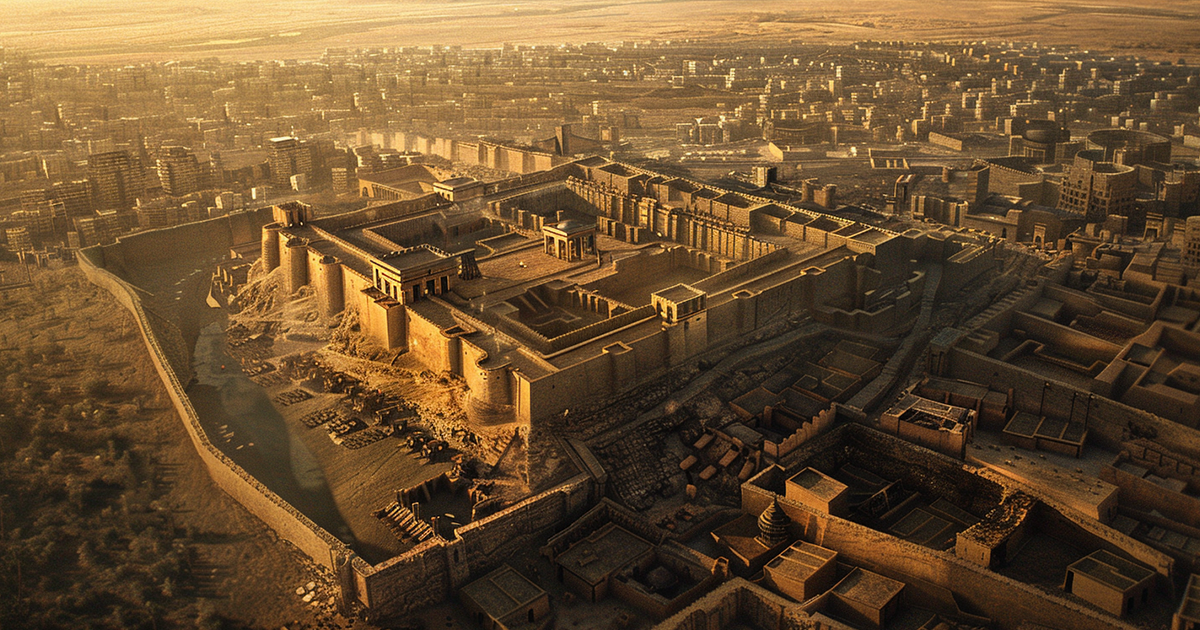The ancient Sumerians, inhabitants of Mesopotamia, left behind a remarkable legacy of urban planning and architectural innovation. Among their many achievements, the layout of Sumerian cities, such as Ur, has sparked intrigue and speculation. Scholars have long observed patterns in the design of these cities that suggest a deliberate alignment with celestial bodies and constellations. Could it be that the Sumerians, with their profound understanding of the cosmos, imbued their cities with celestial symbolism and sought to establish a connection between the earthly and the divine?
At the heart of the debate is the layout of ancient Sumerian cities, which often followed a grid-like pattern characterized by straight streets and intersecting thoroughfares. One of the most prominent examples is the city of Ur, a flourishing urban center in ancient Mesopotamia. Excavations at Ur have revealed a meticulously planned cityscape, with streets aligned in precise cardinal directions and buildings positioned with remarkable symmetry.
Proponents of the theory that Sumerian city layouts mimic constellations argue that these patterns are not merely coincidental but deliberate attempts to mirror the heavens on Earth. They point to the alignment of city streets with significant celestial markers, such as the positions of stars, planets, and constellations, as evidence of celestial influence. According to this interpretation, the layout of Sumerian cities was intended to establish a symbolic link between the earthly realm and the cosmic order.

Furthermore, supporters of this theory draw parallels between Sumerian city layouts and ancient cosmological beliefs. In Sumerian mythology, the heavens were inhabited by a pantheon of gods and goddesses who governed the universe and dictated the course of human destiny. By aligning their cities with celestial patterns, the Sumerians may have sought to pay homage to these divine beings and invoke their protection and favor.
In addition to the alignment of streets, some scholars have identified specific architectural features within Sumerian cities that further support the celestial interpretation. For example, the ziggurat, a towering stepped temple found in many Sumerian cities, has been likened to a cosmic mountain reaching towards the heavens. The placement of these structures at the center of city grids suggests a symbolic connection between the earthly realm and the celestial sphere.
Moreover, proponents of the celestial influence theory highlight the cultural significance of astronomy in Sumerian society. The Sumerians were avid astronomers who meticulously observed the movements of the stars and planets, developing sophisticated astronomical techniques and recording their observations in cuneiform texts. Given their reverence for the heavens, it is plausible that the layout of their cities was imbued with celestial symbolism as a reflection of their cosmological beliefs.
However, skeptics offer alternative explanations for the layout of Sumerian cities, suggesting that practical considerations, rather than celestial influence, drove urban planning decisions. They argue that the grid-like pattern of Sumerian cities may have been designed for efficient organization and administration, facilitating trade, transportation, and communication within urban centers.
Furthermore, critics caution against imposing modern interpretations onto ancient civilizations and emphasize the limitations of our understanding of Sumerian culture and beliefs. Without direct evidence linking Sumerian city layouts to celestial symbolism, the celestial influence theory remains speculative.
Another perspective on Sumerian city layouts suggests that they may have served as microcosms of the cosmos, reflecting the Sumerians’ worldview and understanding of the universe. In this interpretation, the grid-like streets and centralized temples symbolize the ordered structure of the cosmos, with the ziggurat acting as a conduit between the earthly and celestial realms.
In conclusion, the debate surrounding Sumerian city layouts and their alleged celestial influence reflects the enduring fascination with ancient civilizations and their architectural achievements. Whether these cities were intentionally aligned with constellations or not, their legacy endures as a testament to human ingenuity and the enduring quest to understand our place in the cosmos. As we continue to study and interpret these ancient urban landscapes, one thing remains certain – the mysteries of the ancient Sumerians continue to inspire wonder and curiosity, inviting us to explore the connections between the earthly and the celestial.

24 thoughts on “Unveiling the Cosmic Blueprint: Sumerian City Layouts and Celestial Influence”
Comments are closed.